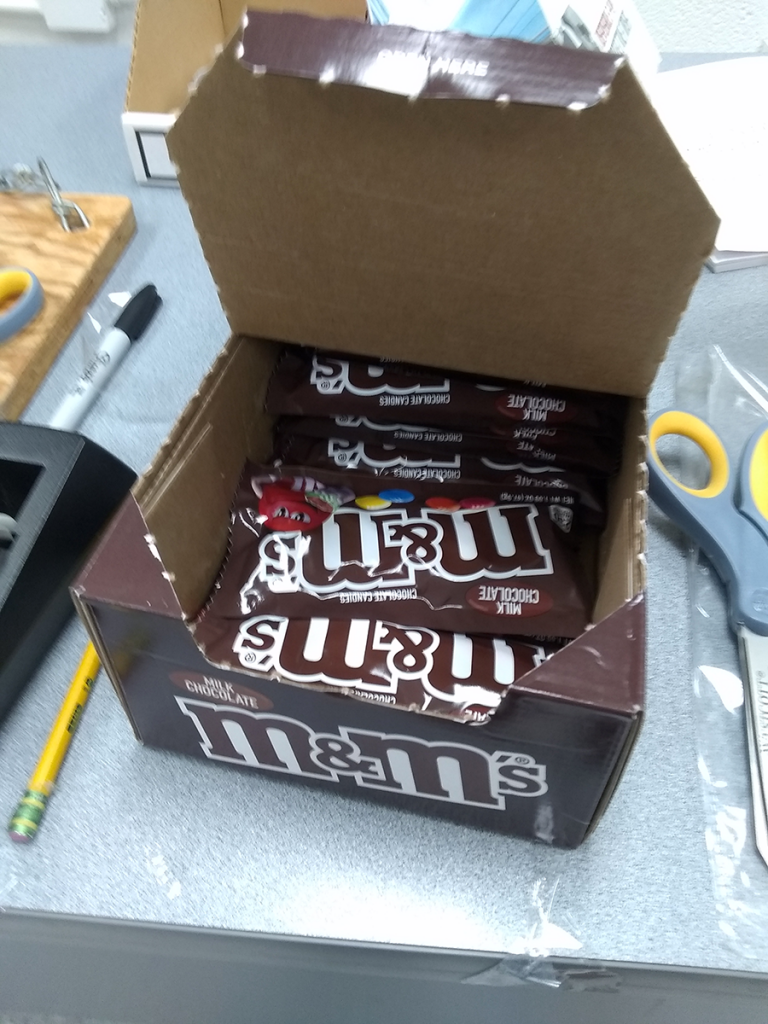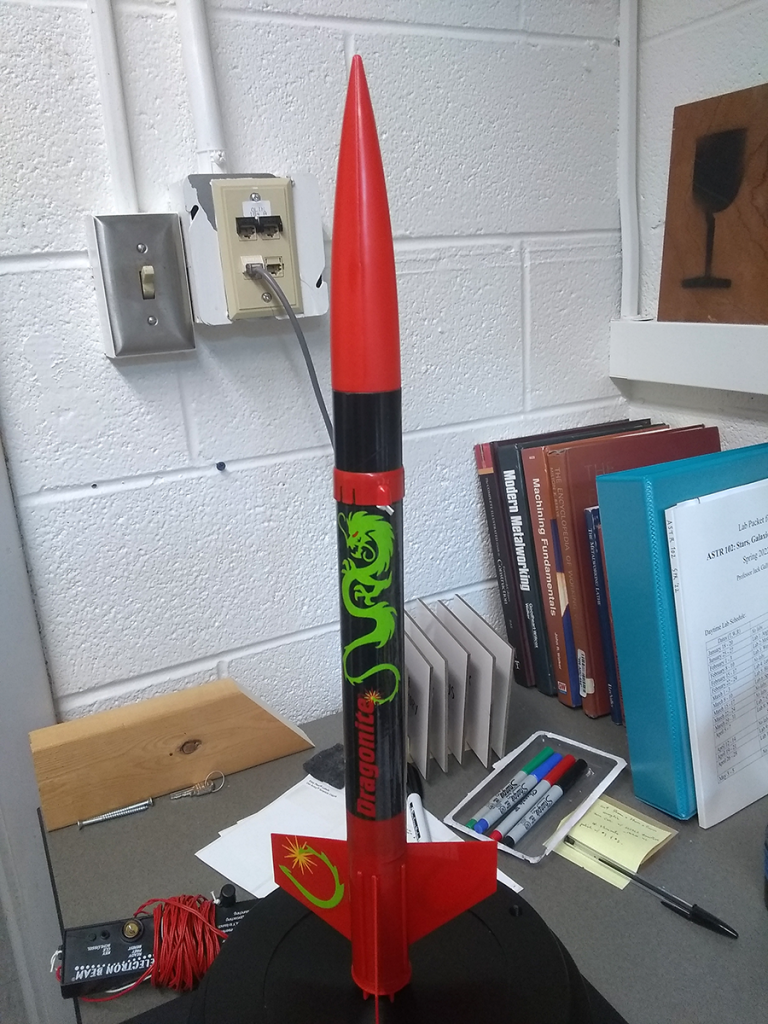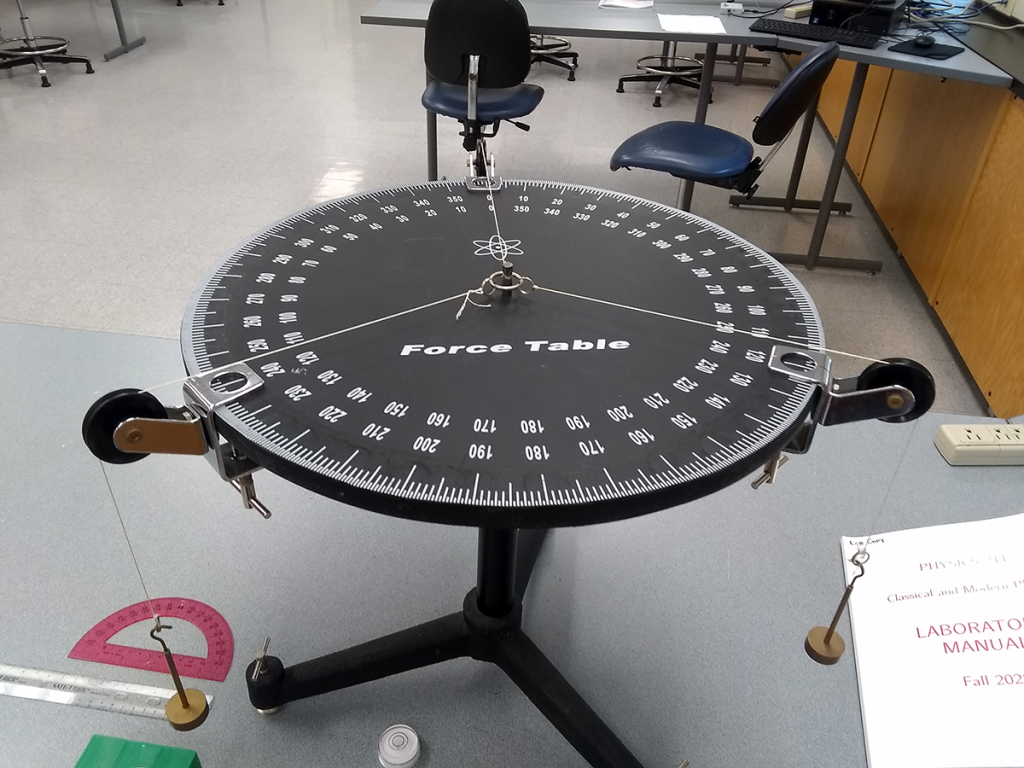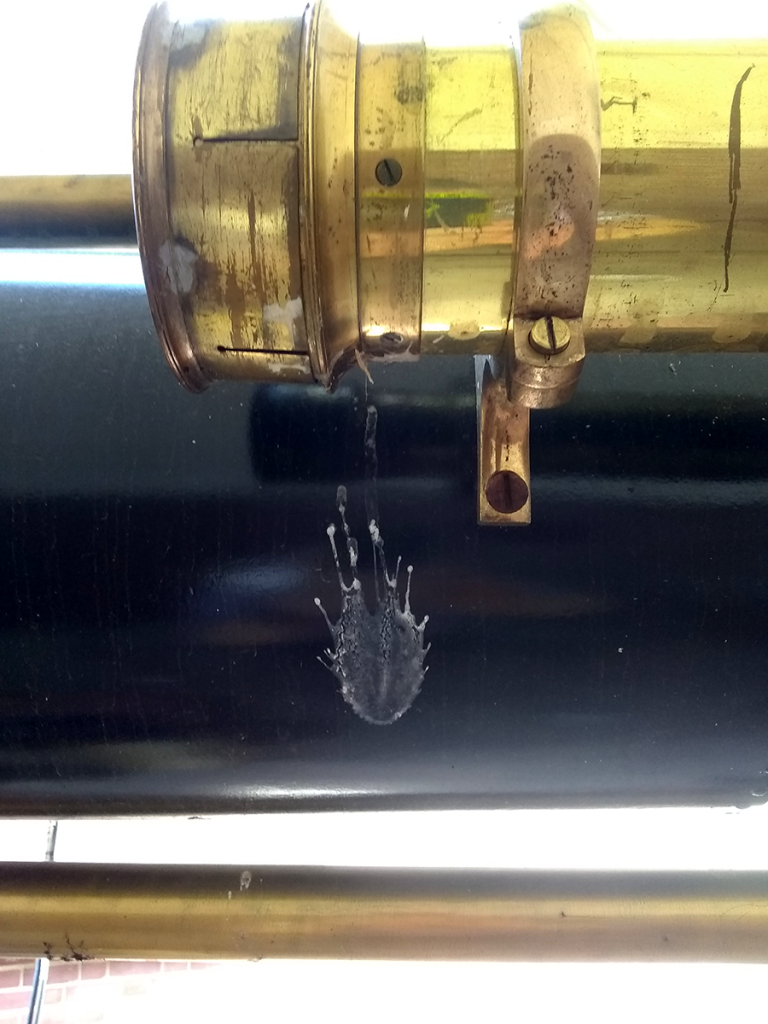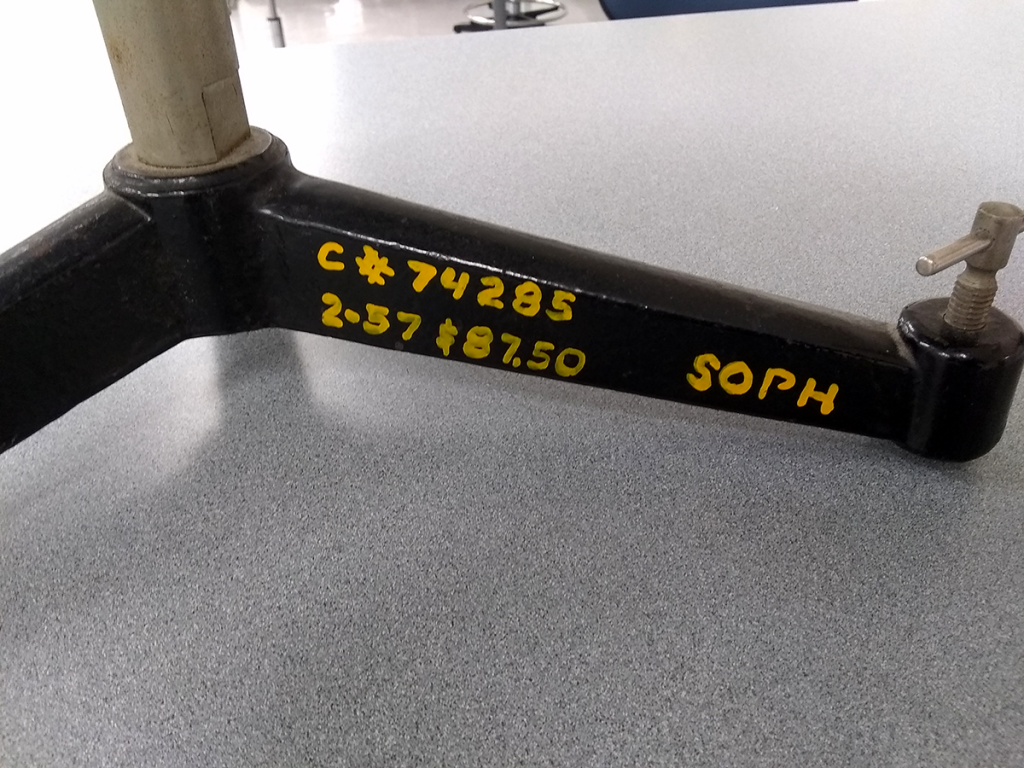
Sometimes, stuff just lingers. It’s unclear how long it’s been sitting on this or any shelf, whether it has any use anymore, how on earth to dispose of it, etc. Of course, those odd objects tend to sport some of the coolest old labels.
So much to enjoy here! Buddy the dog, holding a flag with his name, but also helpfully labeled below as “Buddy,” just in case it wasn’t obvious enough. Directions for using metal polish on non-metallic surfaces, which – to be fair – might not be obvious. (Still mostly amounts to wipe on with a soft cloth, wipe off with a soft cloth.) The prime visual real estate for “Non-Inflammable,” which is an entertaining reminder of the flammable/inflammable quirk of the English language. What a country!
It’s not entirely clear if the yellow color was an original choice or has been caused by many years of aging paper.

At any rate, the steel cap is thoroughly corroded shut, so there’s no telling what remains inside. Whether that corrosion is caused by or despite the contents of the Capital Metal Polish container, we’ll never know.
